From iPhones to skyscrapers, glass has been used in every imaginable field and for countless purposes, but can it also be used as a conductor? This is the question that many electrical engineers have asked themselves over the years, and you certainly deserve to have an answer. In this comprehensive guide, we’ll explore the truth behind glass being a conductor and provide useful tips on how you can use this knowledge to your advantage. So let’s dive right in and break down all you need to know about the mysterious properties of glass as a conductor!
What are Conductors
The ability of a material to conduct electricity is known as its electrical conductivity or resistivity. Good conductors will have low resistances while poor conductors will have high resistivities. Metals generally tend to be good conductors because their atoms are loosely bound together and therefore allow electrons to move freely between them. Other materials such as water, glass, air, and rubber do not allow electrons to pass easily through them so they are considered bad conductors or insulators.
Conductors are used in many applications, such as wiring for electricity, antennas for radio signals, and even the wires that connect parts of our computers. In addition to their electrical uses, conductors can also be used in thermal management systems. Heat can be transferred through a conductor by convection or conduction since it is possible for energy to pass through the material. This makes them useful in many things such as HVAC (Heating, Ventilation and Air Conditioning). [1]

Is Glass a Conductor
Glass is a versatile material that has many practical and decorative uses. In general, glass can be used for windows, bottles, jars, sculptures and any other objects where transparency or light refraction may be desired. Glass can also be made into lenses and prisms to focus and disperse light.
Glass is typically made from sand that is heated until it becomes liquid and then cooled again. This process is known as “glassmaking” or “casting glass”. It requires specialized equipment like furnaces and tools such as metal molds to shape the molten glass into different shapes. The type of furnace used depends on the type of glass being produced; some need temperatures above 3000°F while others require much lower temperatures. Once finished, glass objects can be colored or “etched” with different patterns.
But what about the conductive properties of glass? Is it a conductor or an insulator? The answer to this question depends on the type of glass.
Most types of glass are very poor electrical conductors, in fact, they can be classified as excellent insulators. This means that electricity will not flow through them easily and any current passing through them would cause them to heat up quickly. On the other hand, certain types of metallic glasses such as those containing silver nanoparticles can conduct electricity quite well and may even be used in some electronic devices.
However the conductivity of glass will depend on its condition, either hot or cold.
Conductivity of cold glass
When glass is cold, it will typically be an insulator. This means that it will not allow any electric current to pass through it. However, some glasses may have traces of impurities or other materials that can affect their conductivity. For example, if a glass contains lead or copper oxide particles, then it may be slightly conductive even when cold. In general, though, most types of glass can be considered as nonconductors when in cool temperatures.
Conductivity of hot glass
The situation changes when the temperature increases and the glass reaches its melting point. At this point the ions in the material start to move around and become more mobile allowing them to carry electric current much better than when it was in solid form. This means that glass can become a conductor of electricity when it is heated to its melting point.
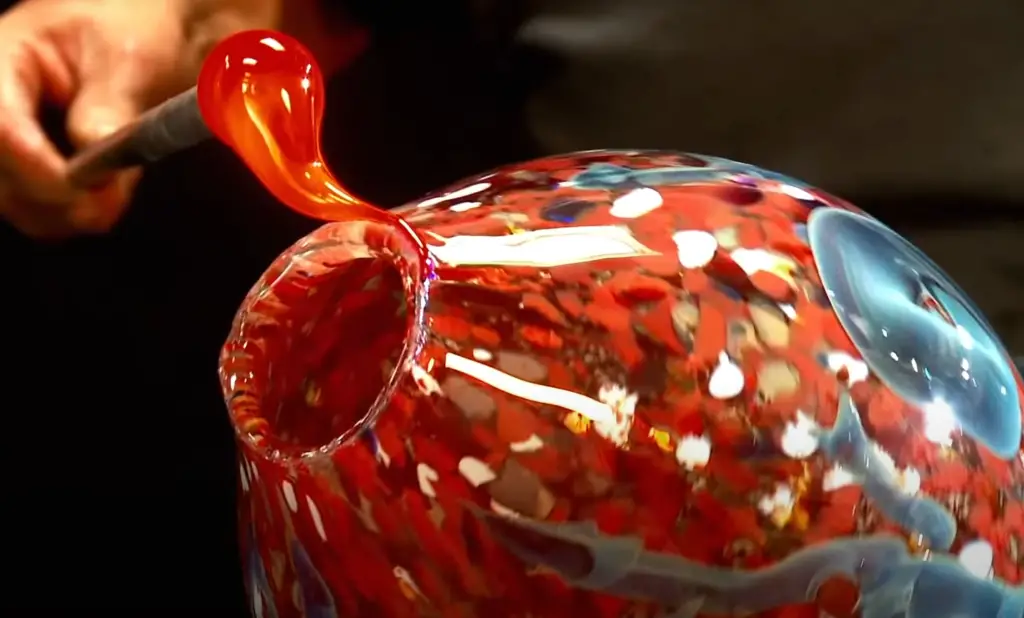
However, the conductivity of hot glass will still be relatively low compared to other materials like metals and alloys which are much better conductors. This means that even if a piece of hot glass were connected to an electrical circuit, the current would not be able to flow through the material efficiently. [2], [3], [4]
Why Glass Is Not a Conductor of Electricity
Glass is an insulator, meaning it does not conduct electricity. This means that when electricity passes through glass, it has difficulty traveling through. The reason for this is because of the chemical makeup of glass, which is mainly made up of silicon dioxide (SiO2).
SiO2 molecules form a lattice-like structure that blocks electrons from easily passing through. This makes glass an ideal material for insulation and prevents electrical current from traveling through it in large amounts. It also means glass isn’t a good conductor for carrying electricity—it would take too much energy to make the electrons move freely enough to create an electric current.
And not only electricity! Glass is also quite poor thermal conductor, meaning it does not absorb and transfer heat very easily. This is why you can use glass as a window pane or cup without burning your hands! [2], [3], [4]
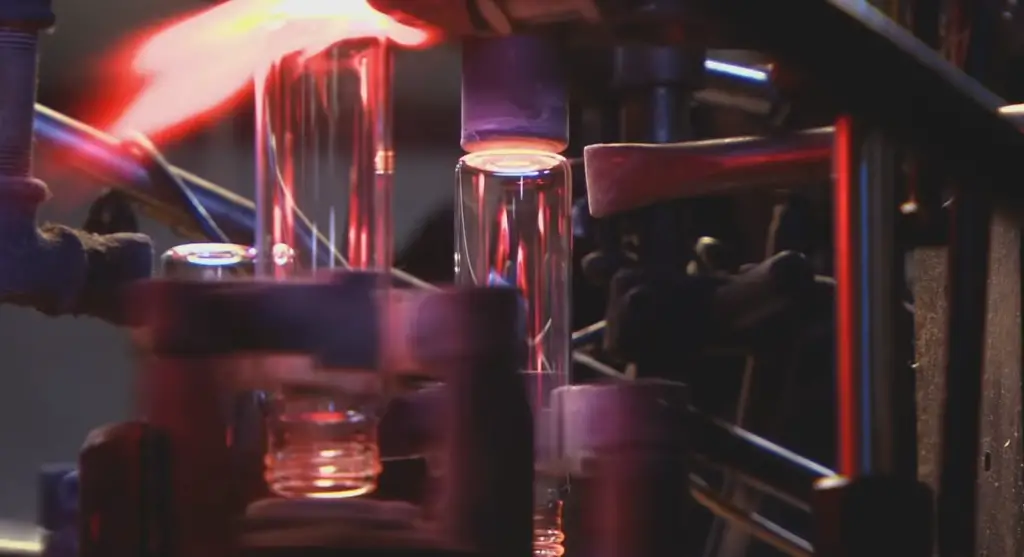
Applications of Glass
Despite its poor conductivity, glass is still used in many applications due to its versatility. In this section, we’ll take a look at some of the most common uses for glass.
Radiation protectors from x-rays
One of the most important uses of glass is in radiation protection. Radiation, such as x-rays, can be harmful to living organisms; however, certain types of glass are excellent at absorbing and blocking these potentially hazardous rays. Lead glasses (made with lead oxide) are commonly used for this purpose
Protective eyewear
Glass also makes an excellent material for protective eyewear due to its ability to block UV radiation. Sunglasses or other forms of eye protection may utilize special coatings on the lenses which absorb a large portion of the sun’s ultraviolet light before it can reach our eyes. This helps us avoid potential damage from overexposure to UV rays while still allowing us to enjoy being outdoors.
Windows and doors
Glass is commonly used in windows and doors due to its transparency and ability to block ultraviolet (UV) rays. Windows are often made of glass, as it allows sunlight to pass through while blocking out harmful UV rays at the same time. This makes it an ideal material for both residential and commercial buildings.
Doors can also be made with glass, either partially or completely. Reinforced or bulletproof glass is typically used for security-related applications as well as for sound insulation.
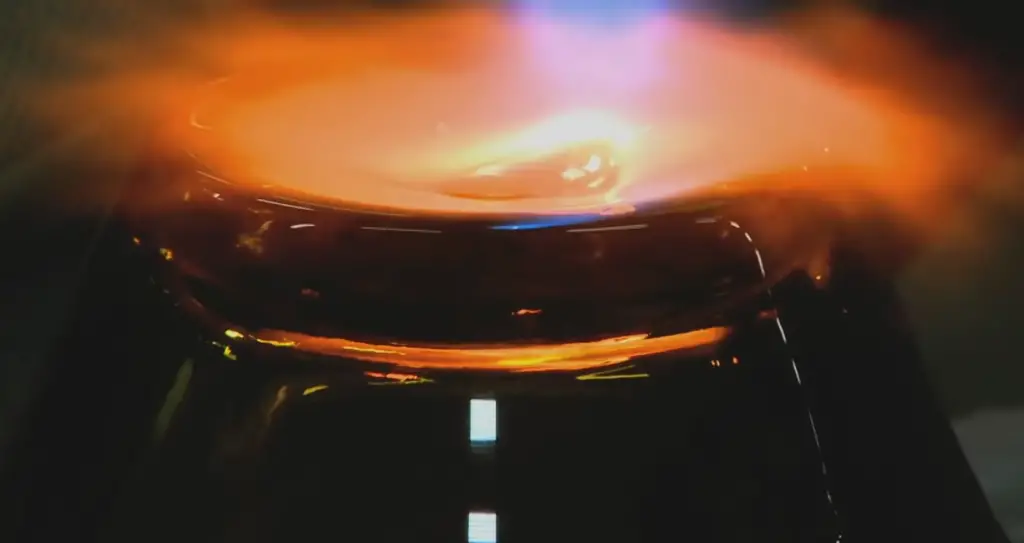
Insulation
By now you may know that glass is obviously used as an insulator due to its low thermal and electrical conductivity. This means that it prevents heat from passing through, making it a great material for keeping homes warm in colder climates. It’s also used in the walls of office buildings and industrial settings to keep temperatures regulated inside.
Here are several examples of uses of glass conductors as an insulator:
- Home Windows: Glass is often used in home windows and doors as an insulator. It helps to keep the inside of a house cooler in hot climates and warmer during cold temperatures. This makes it more energy efficient, helping to reduce heating and cooling costs.
- Car Windows: Automobile windshields are also made of glass for its insulating properties. In addition, car manufacturers use glass for side windows since it’s lightweight and transparent, allowing drivers to see out clearly while providing effective insulation from outside weather conditions.
- Appliances: The glass located on appliances such as ovens and microwaves provide insulation to keep energy in and maintain cooking temperatures. Glass is also used for refrigerators, freezers, and other cooling devices to prevent heat transfer between the internal temperature and outside elements.
- Insulated Cups and Bottles: Keeping liquids hot or cold for extended periods of time requires insulation. Double-walled glasses are often used for this purpose since they offer the best insulation. The air between the walls acts as a buffer, preventing heat or cold from transferring directly to the contents inside.
Reinforcement structures
Glass is an excellent material for reinforcement structures. Due to its low thermal conductivity, it can be used as insulation around electrical wires and other conductive materials in order to prevent short-circuiting and other potential hazards. Also, due to its high tensile strength and durability, glass can be used to strengthen the walls of buildings or reinforce bridges – making them stronger and more resistant against extreme weather conditions like earthquakes or hurricanes.
Architecture
Glass is a favorite material among architects for its ability to bring light into dark spaces as well as give a modern look to any building. Glass facades are often used on skyscrapers for their aesthetic value but also for energy efficiency – since glass reflects and absorbs heat, it can reduce the amount of energy needed to maintain comfortable temperatures inside.
Glass is also commonly used in interior architecture – as partitions, doors and windows in order to create an open-plan environment or to provide privacy.

Conservatory
Glass is also popular for use in conservatories, which are glass structures typically used as an extension to a house. They’re made from strong tempered glass that can withstand both the weather and time. This makes them perfect for adding more space to your home without needing extra construction work.
Automotive industry
Glass is also used in the automotive industry for windshields, side and rear windows, as well as sunroofs. The glass used in cars must be very strong in order to protect passengers from potential impacts. Tempered or laminated glass is typically used for this purpose.
Fiber optic cables for information carriage
Glass is also used in fiber optic cables, which are strands of glass that transmit messages using light. These cables are typically used to carry data between two points, like from a router to a modem. They’re usually made from silica-based glass because its clarity and refractive index make it the ideal material for transporting light over long distances.
Renewable energy
Finally, glass is also used in the renewable energy sector. Solar panels are usually constructed with tempered glass to protect the delicate photovoltaic cells underneath. This helps them withstand extreme weather conditions while still allowing sunlight to pass through and generate electricity.
As you can see, glass is a versatile material with many useful applications. From radiation protection to windows and conservatories, it’s an essential component in countless industries and everyday life. Knowing the properties and advantages of glass can help you decide whether it’s the right choice for your needs. So, is glass a conductor? The short answer is no; however, its utility in so many other areas makes it one of the most popular materials around. With this knowledge at hand, you should now be able to make informed decisions about using glass in your own projects. [5]
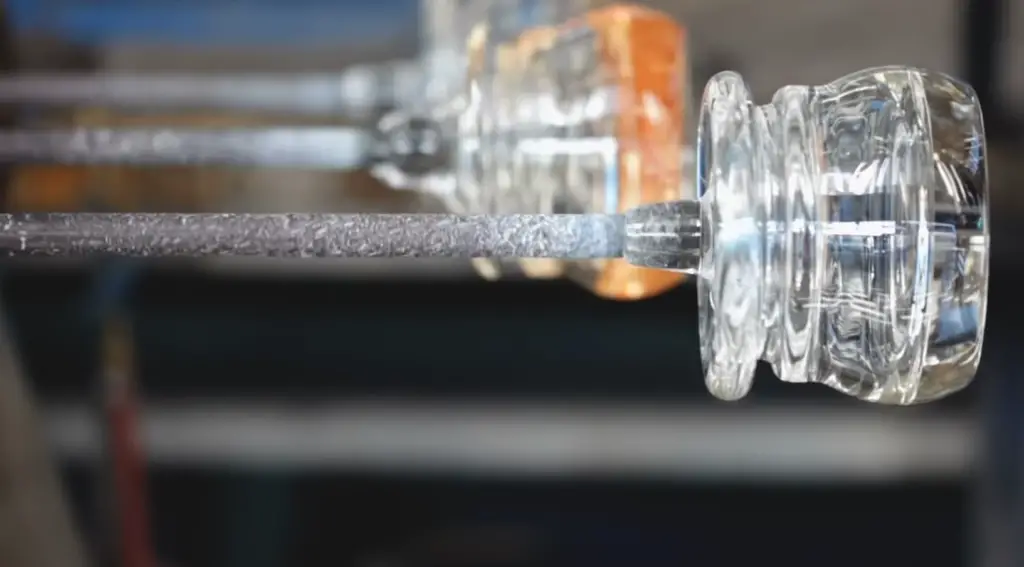
FAQ
Is silica glass strong?
Yes, silica glass is strong and durable. It is composed of highly resilient materials such as silicon dioxide (SiO2) and other oxides which makes it tough and resistant to impact, corrosive substances, heat and mechanical shock. Silica glass does not easily break or shatter like traditional glasses due to its high thermal stability and hardness. Additionally, silica glass can also withstand very high temperatures up to 1700°C without undergoing any significant changes in its structure or properties.
This makes it ideal for use in a variety of applications including laboratory equipment, industrial components and cookware. Furthermore, the surface of silica glass is extremely smooth, which helps reduce friction during manufacturing processes as well as providing good optical qualities when used with light-based technologies. Silica glass is also non-porous, making it a good choice for use with liquids and gasses.
Why is silicon dioxide stronger than glass?
Silicon dioxide molecules form a tight lattice structure that binds together to make it extremely strong and durable. This same lattice structure also makes SiO2 highly resistant to thermal shock, meaning that it can withstand sudden temperature changes without breaking. As a result, glass made from SiO2 is able to withstand much greater stresses than regular glass and is often used in applications where great strength and durability are important.
Does glass have silicon dioxide?
Yes, glass is a material that is composed of silica (SiO2) and other materials, such as sodium oxide (Na2O) and calcium oxide (CaO). Silica is the most abundant mineral in the Earth’s crust and makes up more than 50% of typical glass. The introduction of other elements to the glass can change its properties, such as transparency or color.
Is silica glass an insulator?
Yes, silica glass is an insulator. This means that it does not allow electrical current to easily pass through it. As such, it is often used in applications where a high level of insulation and protection are needed. The chemical composition of silica glass typically consists of silicon dioxide (SiO2) with trace amounts of other materials such as carbon, aluminum oxide, potassium oxide, magnesium oxide and more. This combination gives the material its low electrical conductivity which makes it an excellent choice for insulation purposes.
Is glass a conductor, yes or no?
The short answer to this question is no – glass is not a conductor of electricity. When it comes to electrical conduction, only certain materials are capable of conducting electric currents, such as metals and some plastics. Glass does not have any of the necessary properties for electrical conduction, and therefore cannot be considered an effective conductor.
When electricity passes through a material, electrons can move freely from atom to atom within that material. This movement is what makes it possible for an electric current to flow in the first place. In order for something to be considered a conductor, there needs to be enough free space between atoms so that electrons can move easily throughout the material. Glass does not provide this kind of environment – its atoms are held together too tightly, preventing electrons from passing freely. As a result, it is not able to conduct electricity like metal and plastic materials can.
Other materials that are commonly considered non-conductors include rubber, air, wood, paper, and fabric. These materials do not have the same properties as glass – their atoms are arranged differently and provide less space for electrical conduction to occur.
What kind of insulator is glass?
Glass is both thermal and electrical insulator. It does not conduct either heat or electricity, and therefore it is used to separate the outside environment from what’s inside the building, like windows and doors. Glass can also be used to safely store items that are sensitive to temperature changes or electric current, such as electronics.
This is due to the molecular structure of glass, which consists of numerous small particles suspended in a matrix. The particles do not form strong bonds with each other and thus cannot easily transfer energy through the material. This makes glass an effective thermal insulator, as the temperature inside will not be affected by changes in outside temperatures.
Is glass an insulator?
Glass is considered an insulator because it does not conduct heat or electricity. The atoms that make up glass are arranged so that electrons cannot move freely, which means current flow is blocked and therefore heat or electricity cannot travel through the material effectively. This also makes glass a poor transmitter of electromagnetic radiation, such as radio waves.
Some types of liquid glass however, can be made to conduct electricity due to the presence of liquid impurities that form pathways for electric current. This is why some types of glass may be used as electrical insulators in certain applications.
Liquid soda-lime glass can also be used as a dielectric material, meaning it is able to store electrical energy in an electric field. Its ability to hold a charge makes it useful for capacitors and other devices that need to store electricity for short periods of time.
Glass can also be coated with a thin layer of metal or other materials that are capable of conducting electricity, making it possible for an electrical charge to travel through the material and reach its destination. In this case, the glass serves as an insulator while the coating provides the necessary conduction properties.
Will electricity pass through glass?
Not really. Glass is an electrical insulator, meaning it does not allow electricity to flow freely through it. That’s why glass windows are often used to stop the flow of electricity in homes and buildings. In order for electricity to pass through glass, the material must be specially treated with a conductive coating.
This is because glass is made up of molecules that are arranged in a way that does not allow electricity to flow through them. The electrons in the glass atoms are held tightly in their orbit, which prevents electric current from flowing freely through the material. However, if a thin layer of metal is applied to the surface of the glass, then it can become electrically conductive.
Useful Video: Is Glass an Electrical Conductor?
Conclusion
Glass is not a conductor of electricity. While it may seem like glass would conduct electricity due to its transparency, it does not because the electrons in glass are held too tightly. Instead, when electric currents come into contact with glass, they will flow around the material without being able to pass through it. This makes glass an effective insulator and can be used for this purpose in many applications where electrical safety is a concern. Glass can also be manufactured in different forms to improve transmission rates or reduce radiation losses which can make it suitable for wireless communication systems. Ultimately, while glass may appear similar to a conductor, its actual behavior makes it more like an insulator.
It’s important to remember that even though glass is not a conductor of electricity, it still must be handled with care and caution. Improper handling of glass can lead to dangerous shocks and even electrocution, so it’s important to take the necessary safety precautions when working with this material. Additionally, because of its lack of conductivity, glasses are not suitable for many electrical systems that require conducting materials to operate properly. Finally, while glass may appear similar to a conductor, its actual behavior makes it more like an insulator.
References
- https://www.toppr.com/guides/physics/electric-charges-and-fields/conductors-and-insulators/
- https://libanswers.cmog.org/faq/144779
- https://engineerfix.com/mechanical/glass/glass-is-it-a-conductor-or-insulator/
- https://www.icrfq.net/is-glass-an-electrical-conductor-or-insulator/
- https://gharpedia.com/blog/uses-benefits-of-glass/









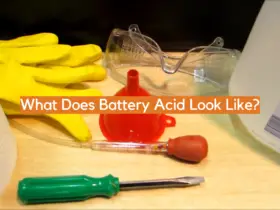

Leave a Reply